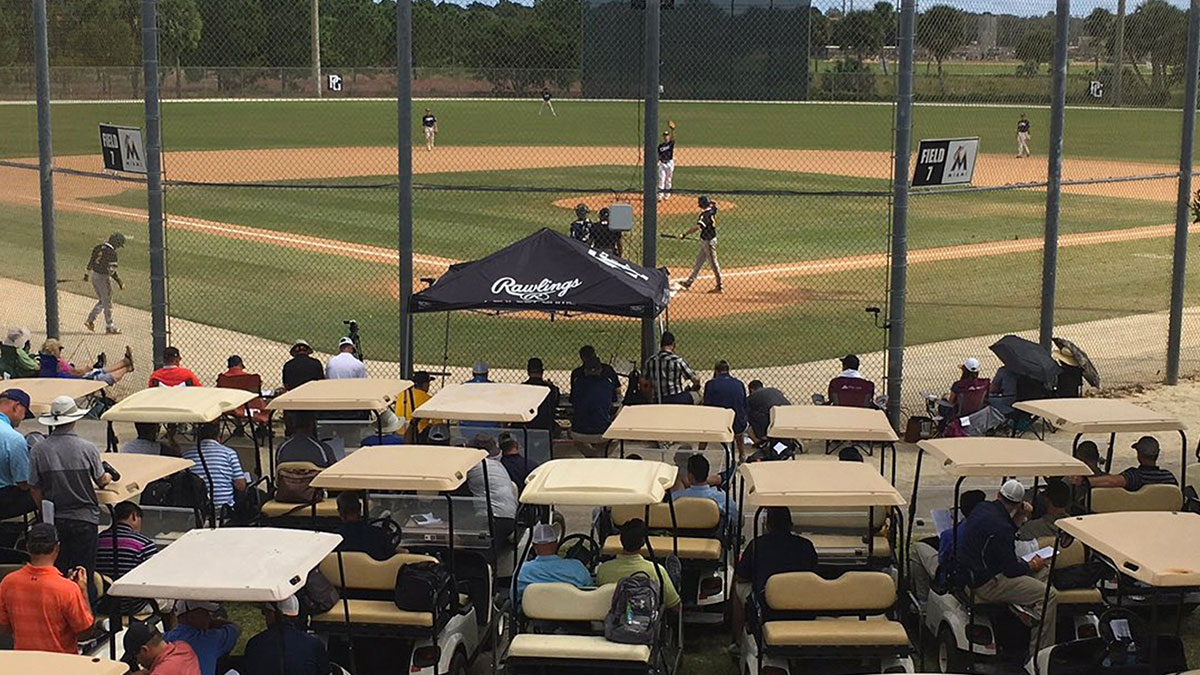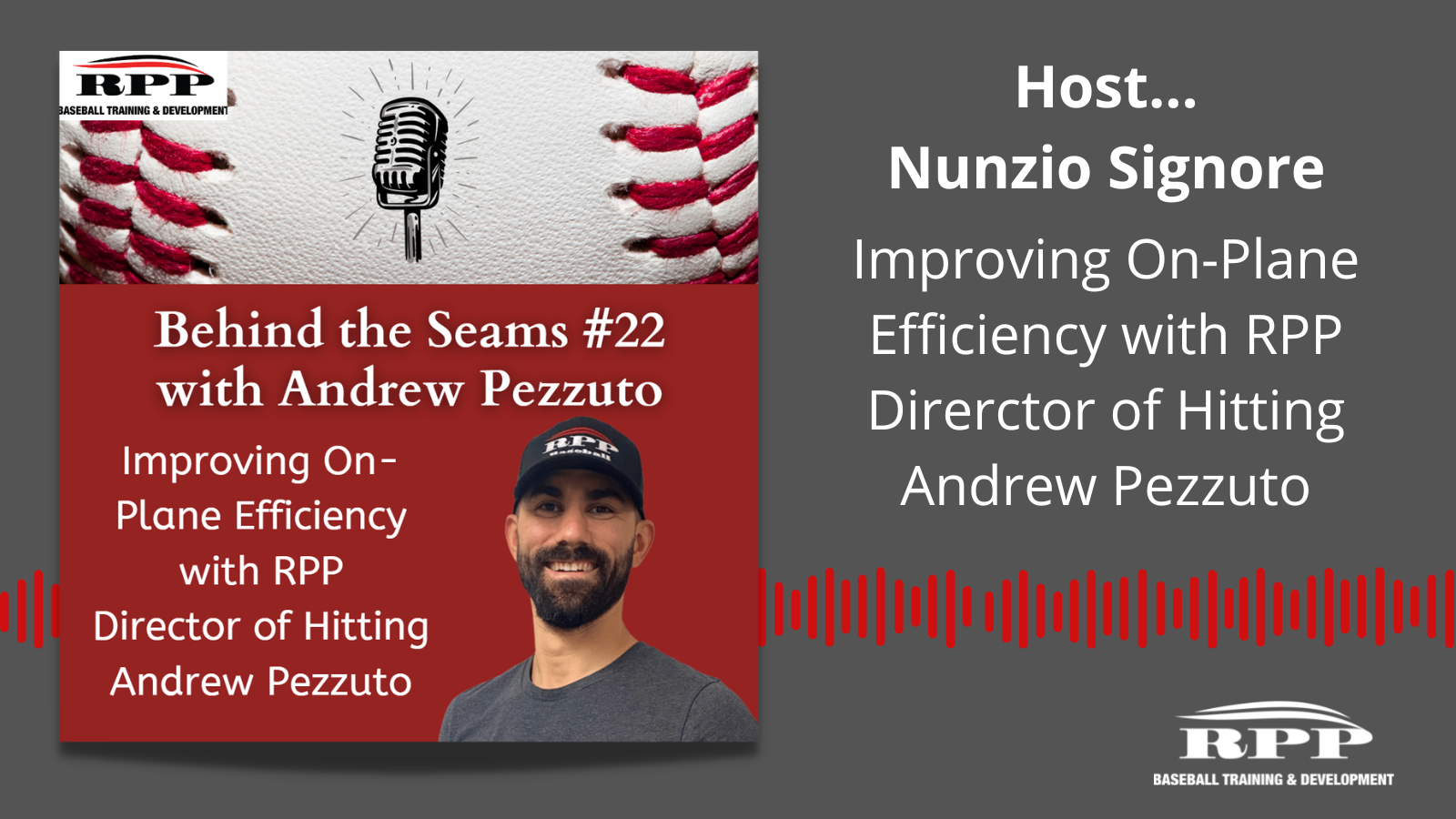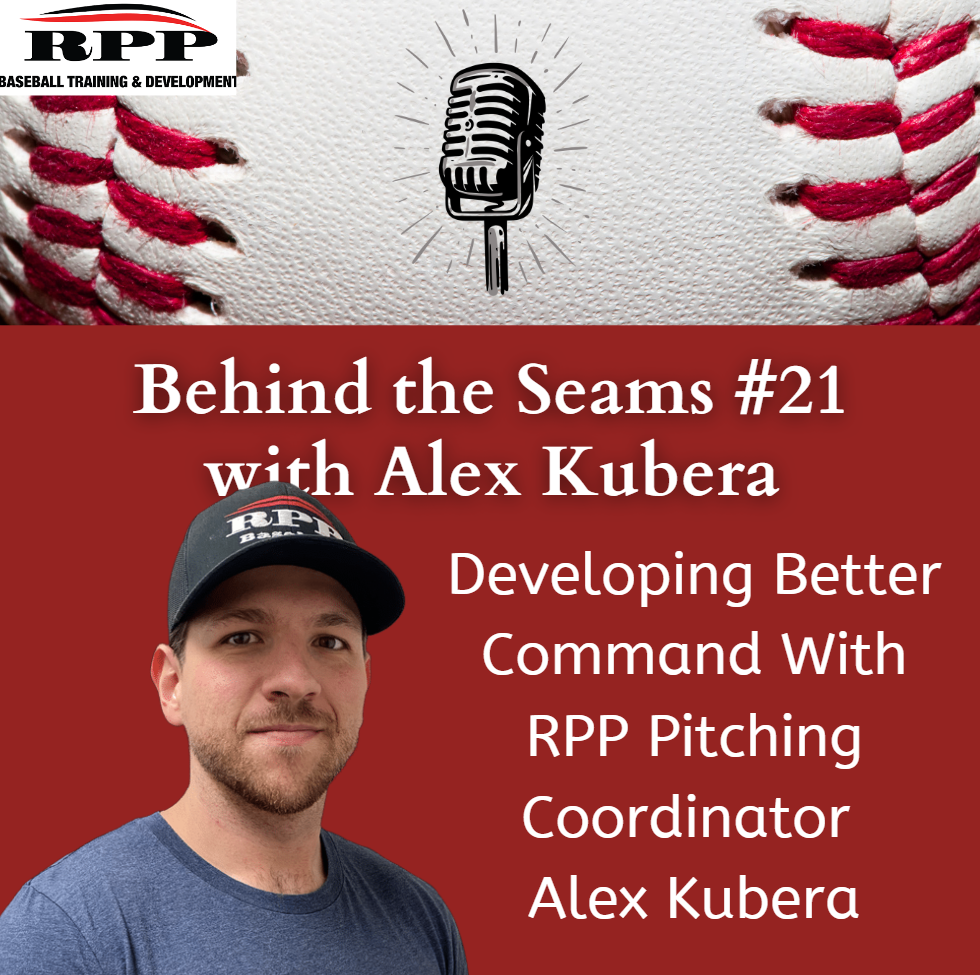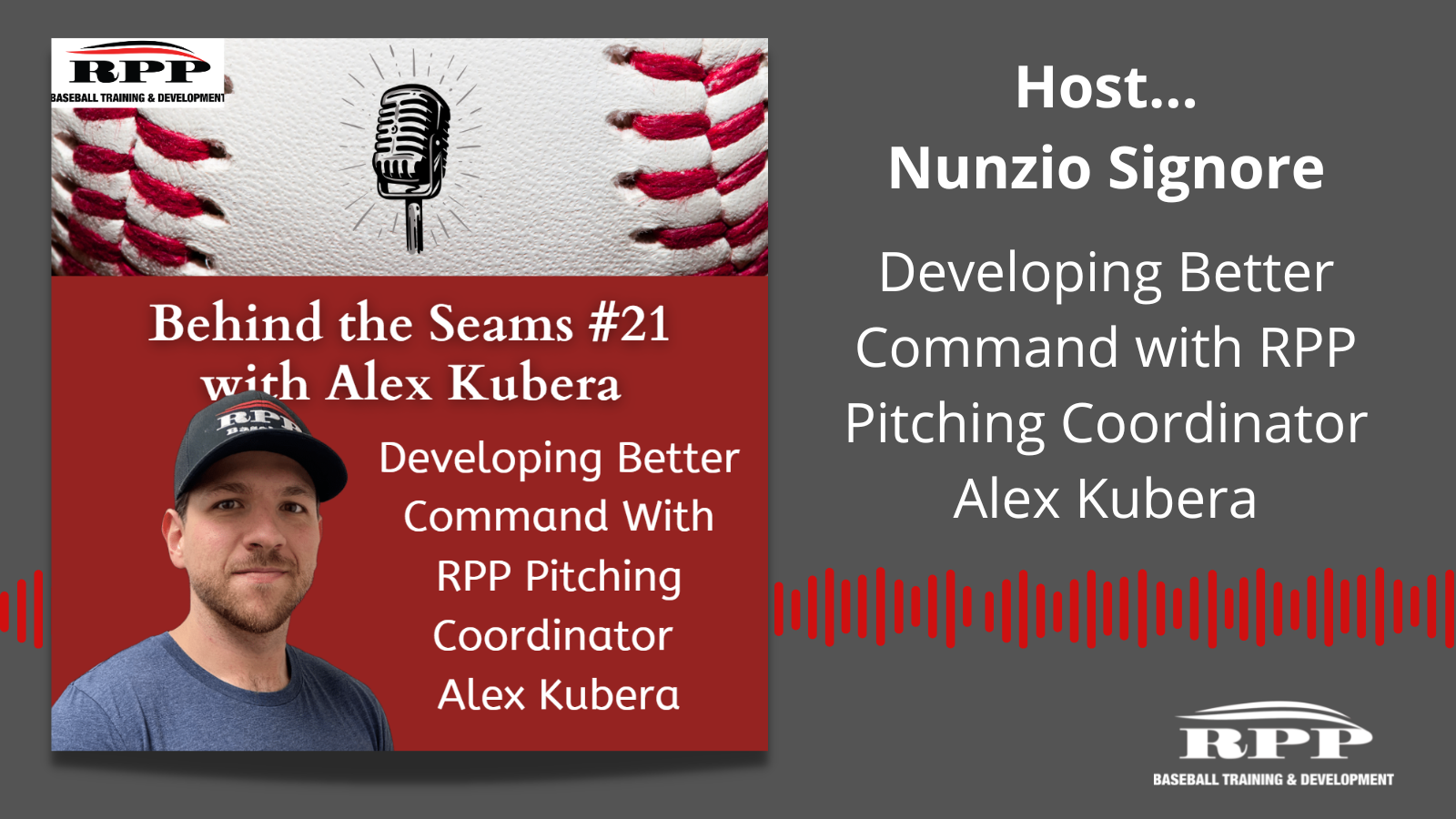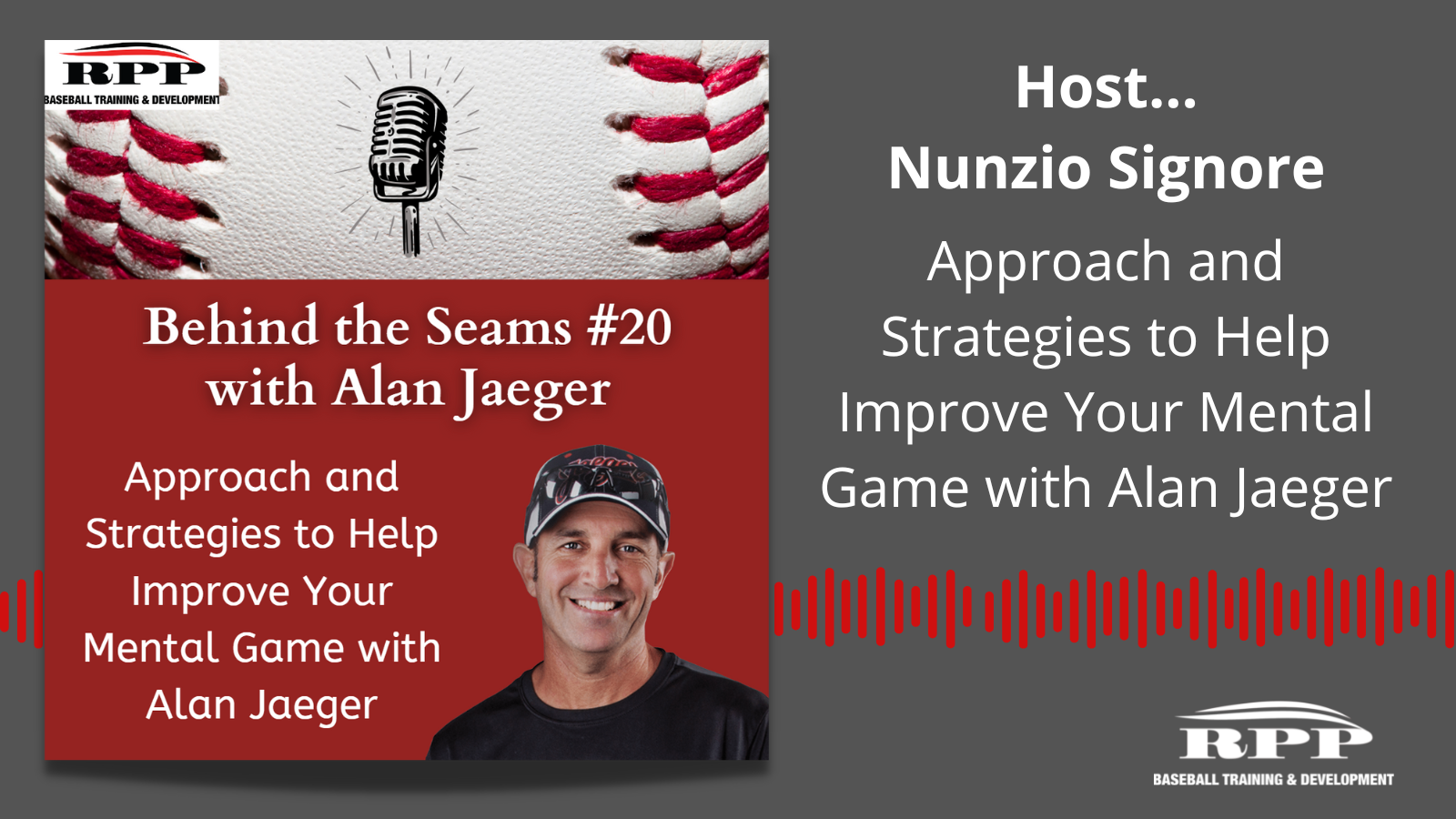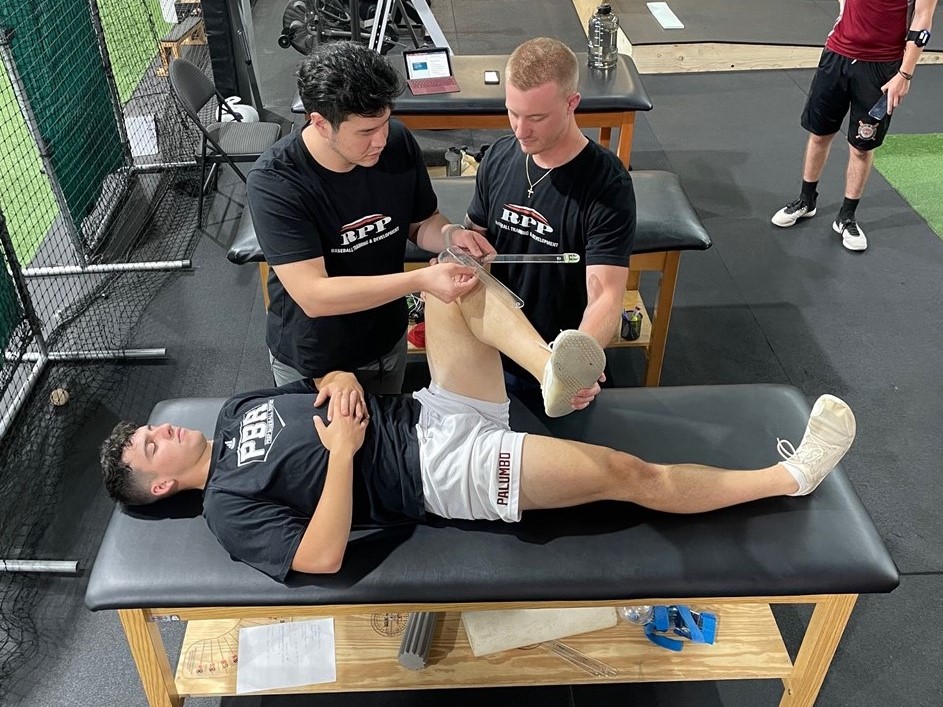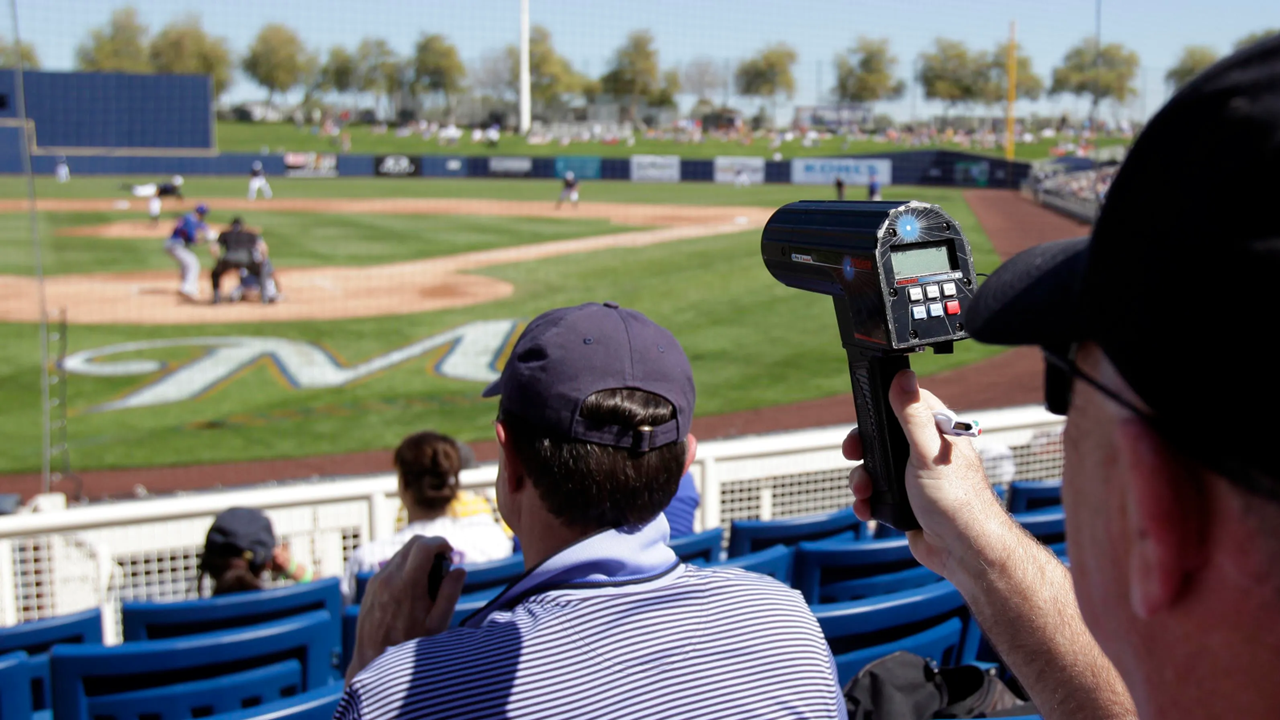
Do you want to play college baseball? What do you NEED to get there? For good or bad, after being in and around baseball training, development and recruiting for over 10 years, I can tell you with 100% certainty that…
Continue reading “The “Not-So Secret”, Secret to College Baseball Recruiting”

